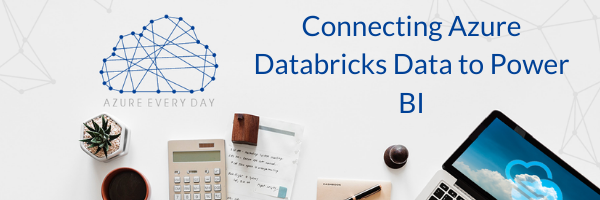Newsletter
Join our blog
Join other Azure, Power Platform and SQL Server pros by subscribing to our blog.


-1.png)
Start with the FREE community plan and get your lifetime access to 20+ courses. Get Instant Access Now!
Need help? Talk to an expert: (904) 638-5743
Private Training
Customized training to master new skills and grow your business.
On-Demand Learning
Beginner to advanced classes taught by Microsoft MVPs and Authors.
Bootcamps
In-depth boot camps take you from a novice to mastery in less than a week.
Season Learning Pass
Get access to our very best training offerings for successful up-skilling.
Stream Pro Plus
Combine On-Demand Learning platform with face-to-face Virtual Mentoring.
Certification Training
Prepare and ace your next certification with CertXP.
Private Training
Cheat Sheets
Quick references for when you need a little guidance.
Nerd Guides
Summaries developed in conjunction with our Learn with the Nerds sessions.
Downloads
Digital goodies - code samples, student files, and other must have files.
Blog
Stay up-to-date on all things Power BI, Power Apps, Microsoft 365 and Azure.
Community Discord Server
Start here for technology questions to get answers from the community.
Affiliate Program
Earn money by driving sales through the Pragmatic Works' Training Affiliate Program.
Reseller Partner
It's time to address your client's training needs.
Foundation
Learn how to get into IT with free training and mentorship.
Management Team
Discover the faces behind our success: Meet our dedicated team
Contact Us
How can we help? Connect with Our Team Today!
FAQs
Find all the information you’re looking for. We’re happy to help.

.png?width=600&name=Connecting%20Azure%20Databricks%20Data%20to%20Power%20BI%20(1).png)
As you probably know, two very powerful tools in the data world are Databricks and Power BI. Power BI is a business analytics solution that lets you visualize your data and share insights across your organization or embed them in your app or website. Databricks helps analysts by organizing the data into ‘notebooks’ and making it easy to visualize data by using dashboards.
In this quick post (and the video demo included) I’ll show you how to connect your Azure Databricks data to Power BI. A few things I have done prior to starting my demo are, 1) I have my Databricks data cluster up and running and (2) my data has already been through Databricks with manipulation and stored as a permanent file (in Delta Lake or permanent storage).
That’s how easy it is to connect your Databricks data to Power BI so you can create incredible visuals using all that Power BI has to offer. If you have questions about Databricks or Power BI or how to integrate either in your business, we’re here to help. Contact us or click the link below—our experts are here to help you use the Azure cloud to take your business from good to great.

ABOUT THE AUTHOR
Free Trial
private training
Newsletter
Join other Azure, Power Platform and SQL Server pros by subscribing to our blog.


-1.png)
Leave a comment